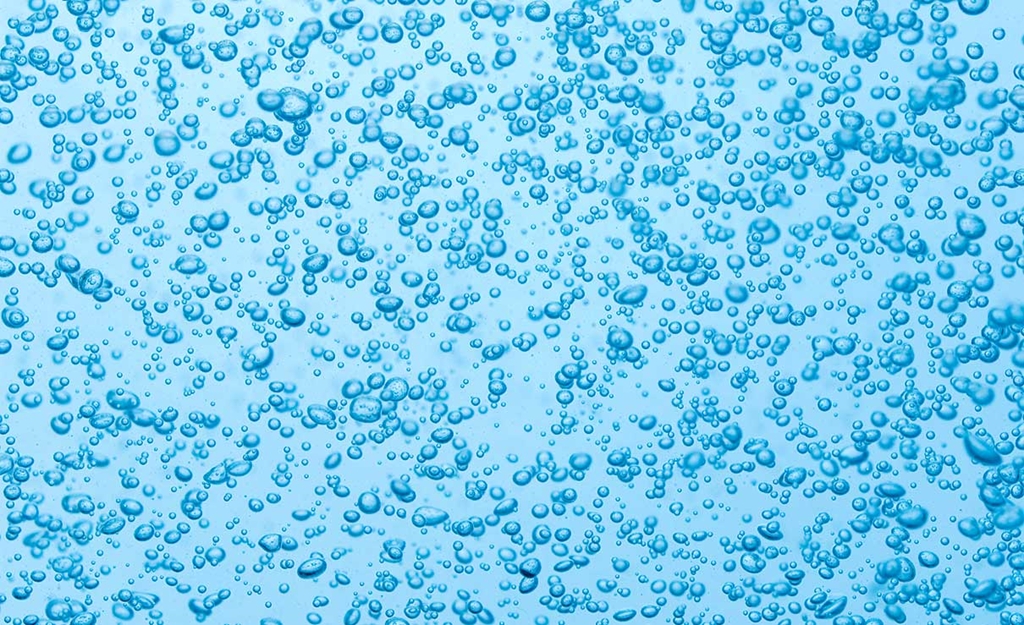Permeation

PTFE hose and Permeation
A PTFE molecule is a long chain of carbon atoms surrounded by fluorine atoms. Each carbon atom has two fluorine atoms bonded to it. As a Carbon Fluorine bond is extremely strong and each carbon in the chain has two Fluorine atoms bonded to it, this gives PTFE a tough carbon backbone surrounded by a protective sheath of Fluorine that makes it nearly entirely resistant to chemical attack.
PTFE is comprised of both amorphous and crystalline components and the crystalline structures are denser in comparison. The denser the components the less pervious they are to gasses. PTFE’s crystalline structure can be modified to improve its permeability.
The main type of permeation in PTFE hoses comes from the paste extrusion process. As the PTFE polymer is mixed with a lubricant to aid the extrusion and then evaporated away it leaves microscopic voids in the PTFE liner. Depending on the size of the gas molecule the rate of permeation can vary through these voids. The voids in the PTFE hose can be controlled and reduced by either putting the hose through a slow sinter or even a post sinter process. These processes help to make the PTFE molecules more crystalline and thus reducing the size of the voids and reducing the amount of permeation. Very small molecular gases can also pass through the amorphous PTFE this is because of the random fashion that the molecules are arranged in. This allows these gases to pass through as these are not as dense as the more crystalline structures.
The wall thickness of the hose also helps slow the rate of permeation but once a path has forge through the wall for the gas this will then permeate at a steady state if conditions stay the same
Atoms that are chemically similar to fluorine, such as chlorine and bromine, can permeate through the structure of PTFE. The permeation mechanism is one of substitution of atoms in the polymer chains. A chlorine atom could take the place of a
fluorine atom on a PTFE polymer chain on the surface of the PTFE. It can then jump from there to a PTFE molecule further in the structure, and so on through the entire thickness of the material.
The speed that a gas can permeate through a PTFE hose is influence by one or many of the following. wall thickness, temperature, internal pressure, the pressure differential between inside and outside of the hose, how much the hose flexes in application and also the quality of the PTFE powder used.
Polymer Layer Thickness
If two polymer layers, made of identical material, fabricated in the same manner were tested for rate of permeation, it would be found that the rate of permeation through the thicker layer would be lower than that through the thinner layer. In most
circumstances the fall off in permeation rate is non-linear with thickness, often decaying in roughly logarithmic manner. However, as the thickness continues to increase it has been found that the permeation rate tends to plateau, rather than continue to fall.
Temperature
As temperature increases, the rate of permeation through a PTFE wall increases, in a non-linear fashion. This is driven by
A number of factors (a) the gas will become more soluble in the polymer as the temperature increases (b) there is an increase in the amount of swapping of individual atoms between the polymer chains (c) the polymer increases in volume, leading to more space between the individual polymer chains.
Pressure Differential across the Polymer Layer
As the pressure differential across the polymer layer increases, the rate of permeation through PTFE and PFA increases in a roughly linear fashion in most circumstances.
Internal pressure
As the pressure of a gas increases, the rate of permeation increases in a linear fashion.
Important Note
All testing is done in lab conditions on thin pieces of PTFE varying in thickness. For specific PTFE hose application data then test samples are recommended to be carried out to ISO 4080:2009.
If you have any questions on your application please speak to your local KA representative.